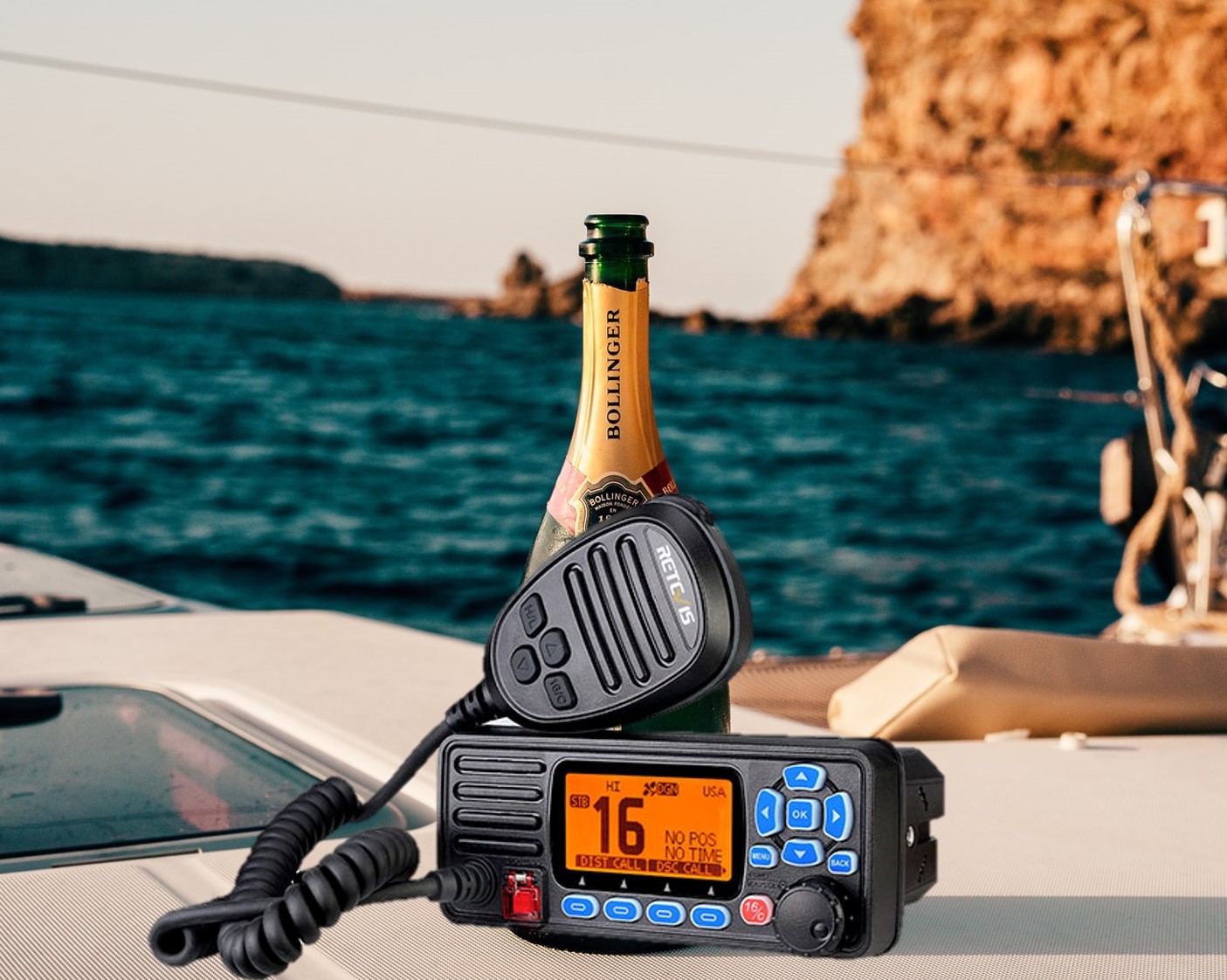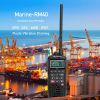The Marine VHF Radio Jargon Buster

AIS – Automatic Identification System
This system is used by shipping. It allows another vessel or coast station to use equipment that can interrogate the radio in order to learn the course, speed, type of vessel, cargo, etc. It is also available to recreational vessels.
ALRS
Admiralty List of Radio Signals
ATIS
Automatic Transmitter Identification System
Authorised Operator
The person with the VHF Short Range Certificate who also has an Authority to Operate.
Callsign
Unique letter/number vessel identification number
CG66
Coastguard Yacht and Boat Safety Scheme form
Convention ships
Cargo vessels over 300 Gross Registered Tons and passenger ships that carry 13 or more people.
COSPAS/SARSAT
A satellite-aided search and rescue system designed to locate EPIRBS transmitting on 406 MHz.
Distress
A situation when a vessel, vehicle, aircraft or person is in grave and imminent danger and requests immediate assistance.
DSC
Digital Selective Calling
DTI
Department of Trade and Industry
Dual watch
A facility that allows you to monitor CH16 and one other channel at the same time.
Duplex
Radio working that uses two antennas for working on a two frequency VHF channel.
EPIRB
Emergency Position Indicating Radio Beacon
GHz
Gigahertz
GMDSS
Global Maritime Distress and Safety System
GMT
Greenwich Mean Time
GPS
Global Positioning System
HF
High Frequency
IMO
International Maritime Organisation
INMARSAT
International Mobile Satellite Organisation
ITU
International Telecommunication Union
Mayday
Distress signal. Origin French – m’aidez – help me.
MF
Medium Frequency
MHz
Megahertz
MMSI
9-digit Maritime Mobile Service Identity
Navtex
Maritime safety information broadcast received on 518 KHz and 490kHz as text.
NBDP
Narrow Band Direct-Printing, see Navtex
NMEA interface
Marine industry standard method of connecting one piece of electronic equipment to another, eg GPS with autopilot. Pan Pan–Urgency signal. Origin French – en panne – in difficulty.
PTT
Press to transmit switch
Public Correspondence
Telephone communications
Radio Check
Test call that asks ‘What is the strength and clarity of my transmission?’.
Radio horizon
The distance the radio signal will travel before it reaches the horizon.
RX
Receive
SAR
Search and Rescue
Securite
Safety signal. Origin French – sécurité – safety.
Semi-Duplex
Radio working that uses one antenna to switch between two frequencies on one channel. One frequency for transmitting, the other for receiving.
Simplex
Radio working that uses the same frequency for transmitting and receiving.
Squelch
A radio control that suppresses background interference.
Traffic
Radio messages
TX
Transmitting
UHF
Ultra High Frequency (300–3000MHz)
UKCG
UK Coastguard
Urgency
A situation that is not grave and imminent but serious.
UTC
Universal Co-ordinated Time. This is also known as GMT (Greenwich Mean Time). This is the basis for all calculations of time and it is the time shown on the display of a VHF-DSC radio. Times around the world are all related to UTC.
VHF
Very High Frequency
Voluntary Fit
Vessels that are not ‘Convention Ships’ (see Convention Ships).
VTS
Vessel Traffic Services
Watt
A measure of power output






